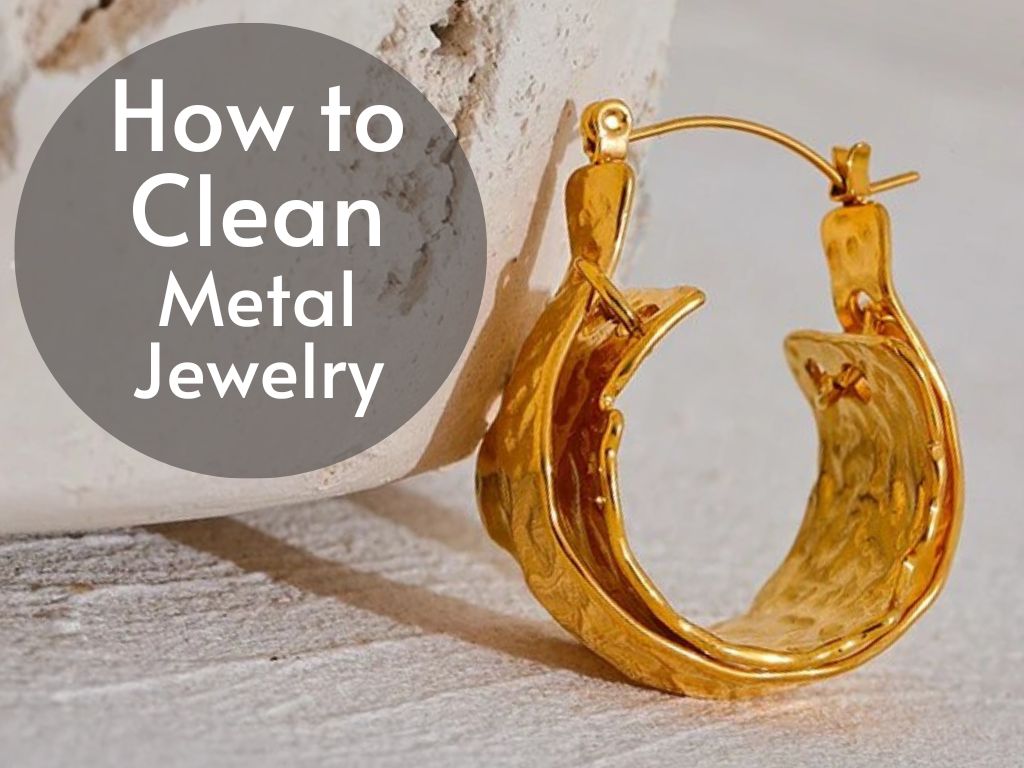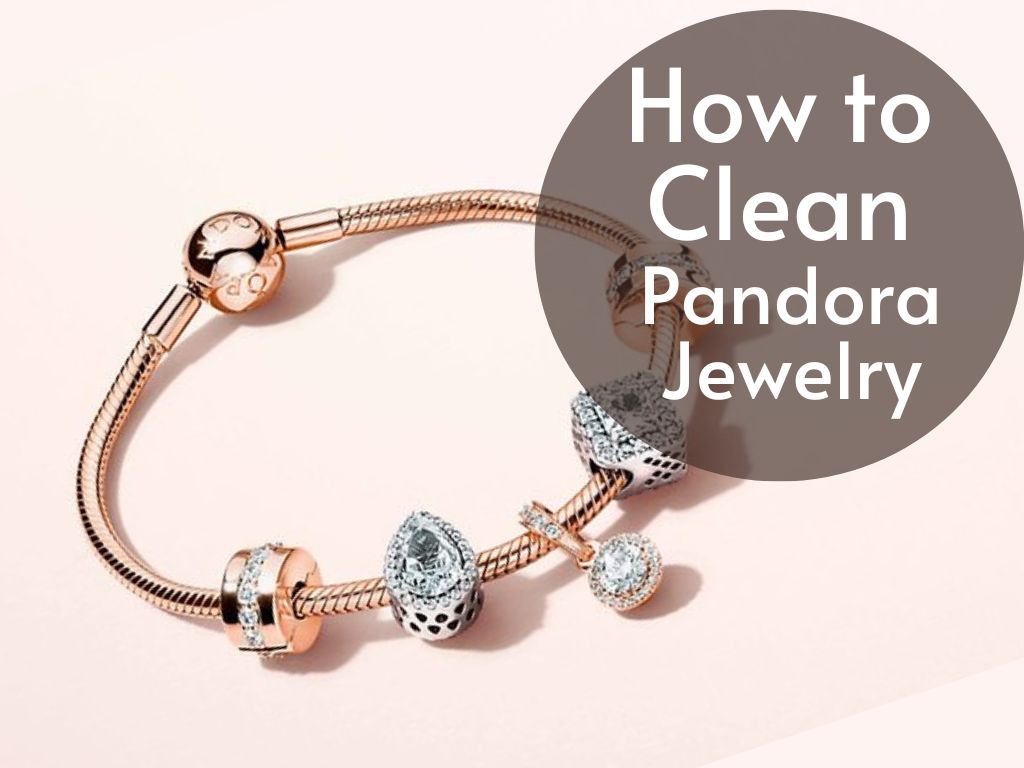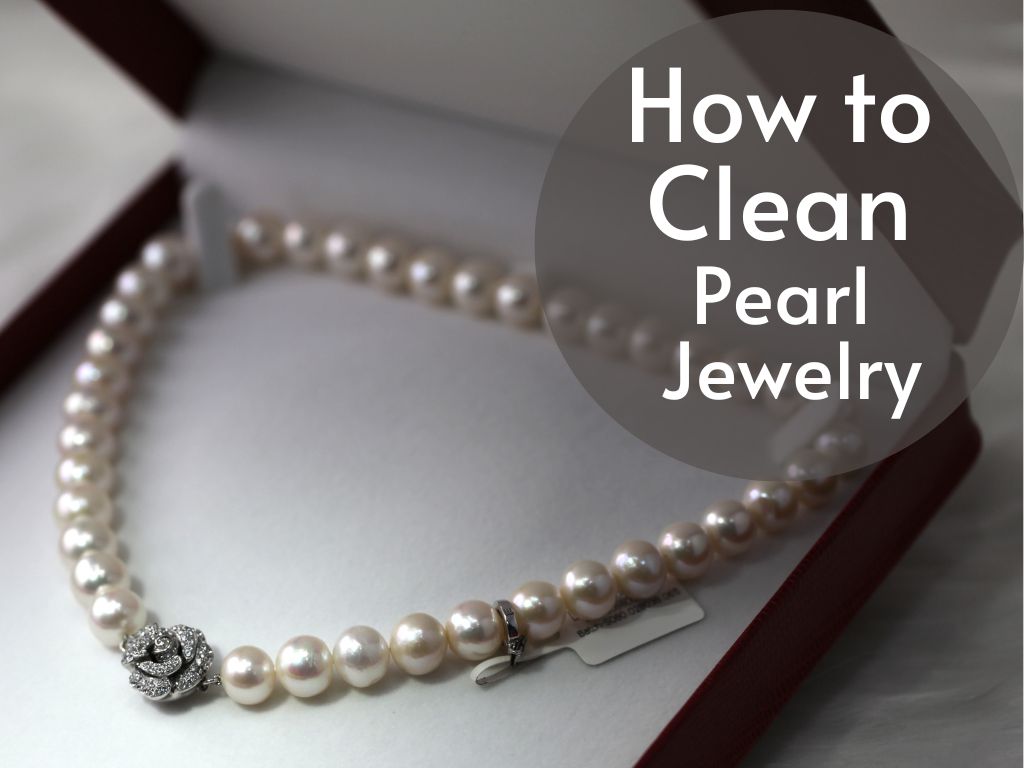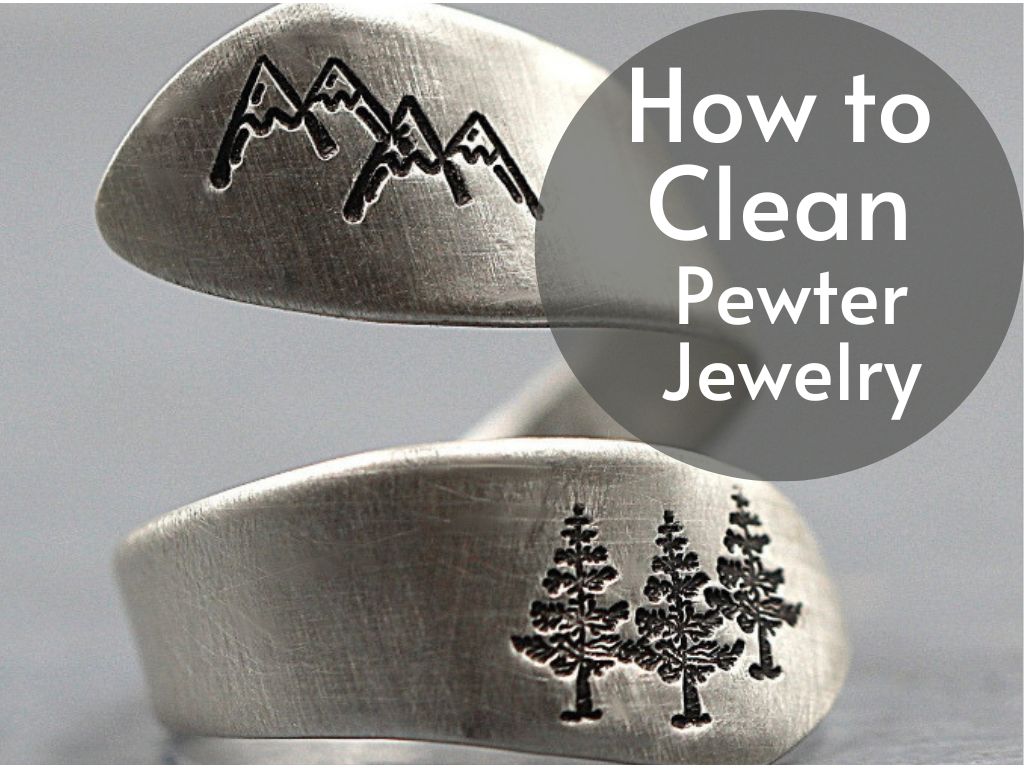Jewelry has always held an extraordinary allure, not only for its aesthetic appeal but also for the sentimental value it carries. However, over time, even the most exquisite pieces can lose their luster and sparkle due to dirt, oils from the skin, and other environmental factors.
Cleaning old jewelry is not only a matter of maintaining its beauty but also a way to restore its original brilliance and elegance. By investing some time and care into the cleaning process, you can bring back the charm of your treasured heirlooms or vintage finds.
Importance of Cleaning Old Jewelry
Cleaning old jewelry is vital for several reasons. Firstly, accumulated dirt and grime on jewelry can dull its appearance significantly.
This build-up may hide intricate details or facets that once caught the light in mesmerizing ways. Regular cleaning allows these features to shine again, enhancing the overall beauty of your jewelry.
Secondly, old jewelry often holds sentimental value as it may have been passed down through generations or acquired as a symbol of significant life events. By keeping these pieces clean and well-maintained, we honor their history and preserve their emotional significance for ourselves and future generations.
Benefits of Restoring the Original Beauty and Value
Restoring the original beauty of old jewelry goes beyond mere aesthetics – it enhances its value too. Vintage or antique pieces hold monetary worth that can appreciate over time; however, their condition significantly affects their marketability.
Buyers are more likely to invest in well-preserved items with restored radiance rather than those showing signs of neglect. Moreover, rejuvenating your old jewelry allows you to rediscover forgotten treasures within your collection while offering opportunities for customization or repurposing.
Imagine transforming a tired brooch into an exquisite pendant or giving a lackluster ring a new lease on life by adding contrasting gemstones. By restoring their original beauty, you open doors to reinvention and personalization.
Ultimately, the process of cleaning and reviving old jewelry enables you to appreciate its craftsmanship and inherent value fully. It grants you the joy of wearing these remarkable pieces with pride, knowing that they have been lovingly cared for and restored to their former glory.
Precious Metals: Understanding the Characteristics and Common Issues
When it comes to cleaning old jewelry, it is crucial to understand the unique characteristics and common issues associated with different precious metals. Gold, silver, and platinum each have their own distinct properties and require specific care to preserve their beauty. Gold jewelry, known for its luxurious appearance, is a popular choice among jewelry enthusiasts.
However, over time gold can become dull and lose its luster due to dirt accumulation or exposure to chemicals. One common issue with gold jewelry is tarnishing, which occurs when the metal reacts with sulfur compounds present in the air or on our skin.
Tarnished gold can appear discolored or even blackened in severe cases. Silver jewelry possesses a timeless elegance but is prone to tarnishing more quickly than other metals.
This occurs as a result of a chemical reaction between silver and sulfur compounds in the air or from contact with certain substances like perfume or lotions. Tarnished silver may develop a dark patina that obscures its brilliance and detail.
Cleaning Methods for Precious Metals
To restore the radiance of your old gold jewelry, begin by creating a gentle cleaning solution using warm water mixed with mild dish soap or specialized jewelry cleaner solution. Soak the pieces in this mixture for approximately 15 minutes to loosen dirt particles.
Gently scrub intricate areas using a soft-bristle toothbrush or dedicated jewelry brush specifically designed for delicate surfaces. Rinse thoroughly under warm water, ensuring all soap residue is removed before patting dry with a microfiber cloth.
For silver jewelry tarnished over time, you can create a simple paste by mixing baking soda with water until it forms a thick consistency. Apply this paste onto the tarnished areas using a soft cloth or sponge while gently rubbing in circular motions.
Allow the paste to sit for a few minutes, then rinse off with warm water. To further polish the silver, use a silver polishing cloth or specialized silver cleaner to restore its natural shine.
Platinum jewelry, known for its durability and resistance to tarnish, still requires regular cleaning to maintain its brilliance. Begin by soaking the platinum pieces in warm soapy water solution with a mild detergent for 10-15 minutes.
Using a soft-bristle toothbrush, gently brush all surfaces of the jewelry, paying special attention to any intricate designs or gemstone settings. Rinse thoroughly under warm water and dry carefully with a microfiber cloth to prevent water spots or residue from forming.
Gemstones: Protecting their Beauty during Cleaning
Gemstones such as diamonds, emeralds, and rubies are often incorporated into old jewelry pieces for their captivating allure. While these precious stones are remarkably durable and resistant to scratches in most cases, they require careful cleaning methods due to their varying degrees of vulnerability.
Diamonds are renowned for their exceptional hardness; however, they can still accumulate dirt and oils over time. To safely clean diamond jewelry, consider using an ultrasonic cleaning method.
This involves placing the pieces in an ultrasonic cleaner filled with a solution specifically formulated for delicate gemstones like diamonds. The high-frequency vibrations generated by the machine will dislodge dirt particles from hard-to-reach areas without causing damage.
Colored gemstones such as emeralds and rubies require extra caution during the cleaning process due to potential sensitivity to heat or chemicals. Avoid subjecting these gemstones to steam cleaning or harsh solvents as it may lead to discoloration or irreversible damage.
Instead, opt for a gentle approach using warm water mixed with mild dish soap or specialized jewelry cleaner specifically designed for colored stones. Immerse the jewelry for a few minutes, then carefully brush with a soft-bristle toothbrush to remove any stubborn dirt.
Rinse thoroughly and dry gently with a lint-free cloth. By understanding the characteristics of different gemstones and employing appropriate cleaning techniques, you can effectively restore the allure of your old jewelry while safeguarding their inherent beauty.
Preparing for the Cleaning Process
Gathering necessary supplies and tools
When it comes to cleaning old jewelry, having the right supplies and tools is crucial in achieving the best results. One essential item you’ll need is a soft-bristle toothbrush or a jewelry brush.
The soft bristles are gentle enough to clean intricate details without scratching or damaging the surface of your precious pieces. Choose a toothbrush with a small head, making it easier to maneuver into tight spaces where dirt and grime may hide.
Additionally, you will require a suitable cleaning solution. Mild dish soap is often recommended for general cleaning purposes as it effectively removes dirt and oils without causing harm to most jewelry materials.
Alternatively, specialized jewelry cleaner solutions can be used to address specific issues such as tarnish on silver or the buildup of oils on gemstones. Always read the instructions provided with any cleaner to ensure it is suitable for your specific type of jewelry.
Microfiber cloth or lint-free cloth for drying
After cleaning your old jewelry, proper drying is essential to prevent water spots or potential damage from moisture lingering in hard-to-reach areas. A microfiber cloth or lint-free cloth is ideal for this purpose because they are soft and won’t leave any fibers behind that could potentially scratch delicate surfaces. Gently patting the jewelry dry with these cloths will absorb excess moisture while ensuring no residue remains.
It’s important to mention that using paper towels or tissues should be avoided as they may contain abrasive materials that can scratch metal or gemstone surfaces. Investing in a microfiber cloth specifically designated for your precious pieces is an excellent choice as it will last longer and provide better results.
Setting up a safe and organized workspace
Before embarking on the cleaning process, establish a safe and organized workspace where you can work comfortably without risking damage to yourself or your jewelry. Choose a well-lit area with ample space to spread out your cleaning supplies and lay down a soft cloth or towel to create a protective surface for your jewelry.
Make sure the workspace is clean and free from any debris or potential hazards that could damage your pieces. Avoid working near sinks or open drains, as small items may accidentally slip away.
It’s also advisable to remove any distractions or objects that may cause accidents, such as loose jewelry pieces, pets, or children. By setting up an organized workspace, you can focus on the task at hand and ensure the safety and longevity of your cherished old jewelry.
Cleaning Methods for Old Jewelry
Cleaning Precious Metals
Cleaning old jewelry made of precious metals, such as gold, silver, and platinum, requires specific techniques to ensure their longevity. Each metal has unique characteristics and common issues that can be addressed through proper cleaning methods.
Cleaning Gold Jewelry
To clean gold jewelry, start by preparing a warm water and mild soap solution. Gently place the pieces in the solution and let them soak for about 15 minutes.
This will help loosen any dirt or debris. After soaking, use a soft brush to gently scrub the surface of the jewelry, paying attention to intricate details or hard-to-reach areas.
Rinse the gold jewelry thoroughly under warm running water to remove all traces of soap. Dry the pieces properly with a soft cloth to prevent water spots or tarnish.
Cleaning Silver Jewelry
Silver jewelry tends to tarnish over time due to exposure to air and moisture. To remove tarnish from silver jewelry, create a paste by mixing baking soda with a small amount of water until it forms a thick consistency. Gently apply this paste onto the surface of the silver using a soft cloth or sponge and rub it in circular motions.
Rinse off the paste with warm water and dry thoroughly with a cloth. For heavily tarnished silver pieces, you may consider using specialized silver cleaners available in the market or seeking professional help if necessary.
Cleaning Platinum Jewelry
Platinum jewelry shares similarities with white gold but requires slightly different cleaning techniques due to its unique composition. Begin by making a soapy solution using warm water mixed with mild detergent. Soak your platinum jewelry in this solution for about 10-15 minutes to loosen any dirt or debris accumulated on its surface.
Next, use a soft bristle toothbrush dipped in the soapy solution to gently brush the jewelry, paying attention to intricate details. Rinse the pieces thoroughly under warm running water and dry them with a soft cloth.
Cleaning Gemstones
Cleaning gemstones in old jewelry requires special care as some stones can be vulnerable to damage during the cleaning process. Different types of gemstones have varying degrees of hardness, which should be considered when choosing the appropriate cleaning methods.
Diamonds
Diamonds are known for their durability but still require regular cleaning to maintain their brilliance. One effective cleaning method is using an ultrasonic cleaner specially designed for jewelry. This device uses high-frequency sound waves to gently remove dirt from diamonds without causing any harm.
Alternatively, you can soak your diamond jewelry in an ammonia-based solution for around 20 minutes, followed by gentle scrubbing with a soft brush. Additionally, steam cleaning is another excellent option, as it effectively removes dirt and leaves diamonds sparkling.
Colored Gemstones
When dealing with colored gemstones like emeralds, rubies, or sapphires in old jewelry, mild and non-abrasive cleaning methods are crucial to preserve their beauty and luster. Avoid using harsh chemicals or strong cleaners that may damage or discolor these delicate stones. It’s generally recommended to clean colored gemstone jewelry by soaking it in lukewarm water mixed with a mild soap solution for a few minutes before gently wiping them clean using a soft cloth or a brush with soft bristles.
Conclusion
Cleaning old jewelry is essential not only for aesthetic reasons but also for maintaining its value and longevity. By following the proper techniques mentioned above, you can restore the original beauty of precious metals like gold, silver, and platinum while keeping your gemstone-adorned pieces sparkling and vibrant.
With a little care and attention, your beloved vintage or heirloom jewelry can continue to be cherished and enjoyed for years to come. So, embrace the opportunity to revive these treasures and let their timeless elegance shine through.





